Coat Any Litter size variable Country of origin United Kingdom | Color Any Life span 12-15 years | |
 | ||
Breed status Not recognized as a standardized breed by any major kennel club. Notes Lurchers may be registered with the North American Lurcher and Longdog Association (NALLA) Similar Whippet, Greyhound, Saluki, Scottish Deerhound, Italian Greyhound | ||
Working lurchers rabbit fox hare
The lurcher is the offspring of a sight hound mated with another breed, most commonly a pastoral breed or a terrier type of dog. Brian Plummer identifies the Norfolk lurcher as the predecessor of the modern lurcher. While not a pure breed, it is generally a cross between a sighthound and a working dog breed. Collie crosses are popular, given the working instinct of a sheepdog when mated with a sighthound gives a dog of great intelligence plus speed—prerequisites for the hunter/poacher. In the US midwest, crosses with large scent hounds are fairly common.
Contents
- Working lurchers rabbit fox hare
- Lurcher greyhound wolf hound v doberman dog puppies playing australia
- Etymology
- Temperament
- History
- Lurchers as pets
- Huntingcoursing
- Amateur sports
- Recognition and registration
- In popular culture
- References
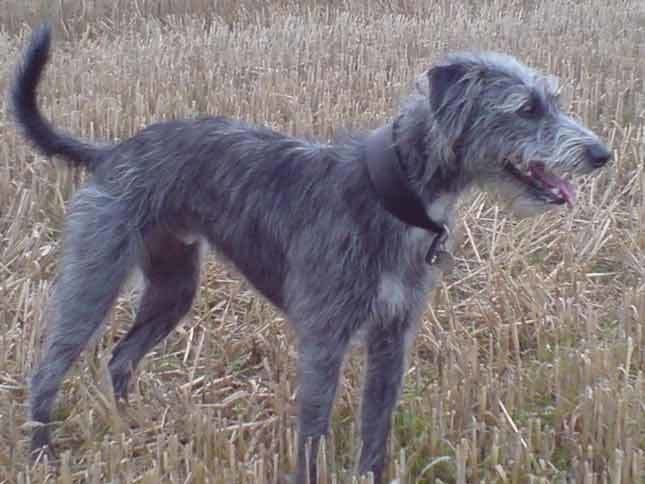
Lurcher greyhound wolf hound v doberman dog puppies playing australia
Etymology
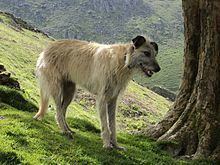
Many meanings of the word 'lurcher' have been suggested: from the Romani words lur meaning thief and "cur" meaning a mixed dog breed, or from Middle English, from lorchen, to lurk, perhaps from lurken. Indeed the archaic meaning of the word lurcher is a prowler, swindler, or petty thief.
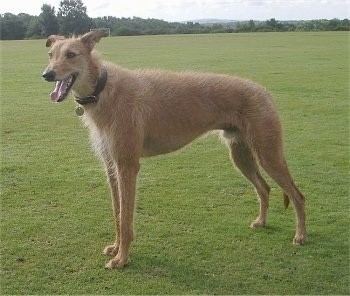
A lurcher is a mating between a working dog, usually a British herding breed, and a greyhound. The greyhound is usually the mother for 3 reasons:
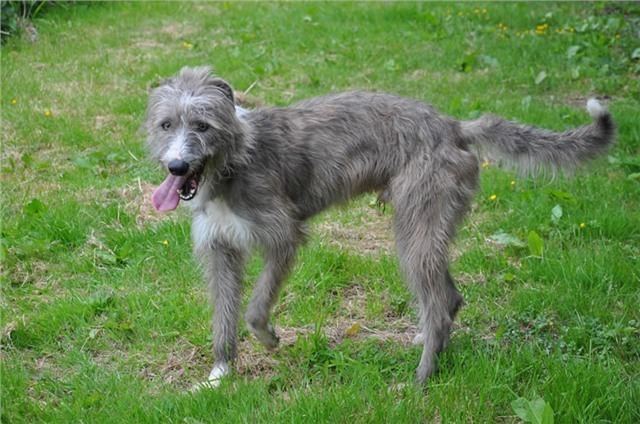
Temperament
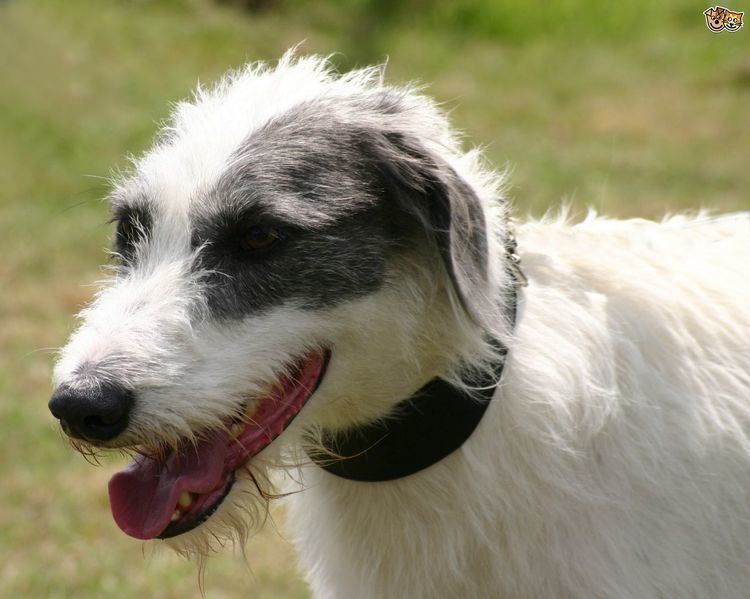
Temperament is also variable, again dependent on parental influence. As could be expected, lurchers with dominant sighthound attributes have similar temperaments—often fairly lazy with a good eye—however, accordingly, others are influenced by their other, often more tractable, biddable, and slower parent. As with all dogs, temperament will be modified by socialising the puppy.
History

It is fabled that in the 14th, 15th and early 16th century the English and Scottish governments banned commoners from owning sight-hounds, such as Irish wolfhounds, Scottish deerhounds, and greyhounds, though no documentation from the time can be found to verify this. It is thought that lurchers may have been bred to avoid legal complications during this time. Generally, the aim of the cross is to produce a sighthound with more intelligence, a canny animal suitable for poaching rabbits, hares, and game birds. Over time, poachers and hunters discovered breeding of certain breeds with sight-hounds produced a dog better suited to this purpose, given the lurcher's combination of speed and intelligence.
Lurchers as pets
The modern lurcher is growing from its old image of disrepute to heights of popularity as an exceptional family dog, and many groups have been founded to rehome lurchers as family pets.
Hunting/coursing
The lurcher has as many varied uses as types can be crossbred, but generally they are used as hunting dogs that can chase and kill their prey. Most lurchers today are used for general pest control, typically rabbits, hares, and foxes, although some of the larger types have been successfully used on bigger game like wild boar and deer. Lurchers can be used for hare coursing, although most hare coursing dogs are greyhounds. Sighthound heavy lurchers move most effectively over open ground, although different crosses suit different terrains, indeed many crosses are specifically engineered for the purpose of working cover. Some breeders kill or turn loose lurchers that are not successful hunters or have physical or behavioral problems.
Amateur sports
Sighthound heavy lurchers excel at sports such as lure coursing and dog racing which are very popular in areas with little available hunting, or for people who dislike hunting. In the US lurchers are eligible to compete in lure coursing events sanctioned by the National Lure Coursing Club.
Lurchers have also proven to be very good at dog sports such as obedience and agility, where suitable breed combinations create increasingly popular lurchers that combine speed and willingness to please.
In addition, lurchers are appearing in Alaska. Sled-dog breeders are breeding sighthounds with their sled dogs to produce a faster dog. Often in the first generation, pups that do not have the coat or temperament to create a good sled dog candidate are adopted out to new non-mushing homes.
Recognition and registration
Because lurchers are not purebreds they are not recognized by any of the major kennel clubs although the acronym HJCK serves in some circles: Hunt Jump Catch Kill. However, the North American Lurcher and Longdog Association was created in 2007 to serve as a registering body for lurchers and longdogs in the United States and Canada.
